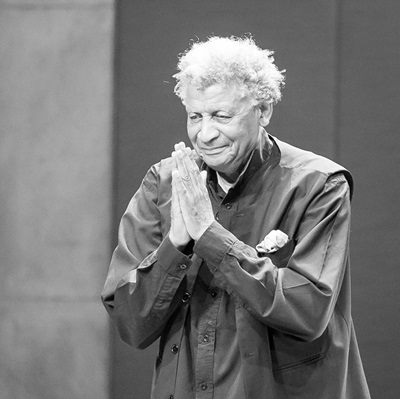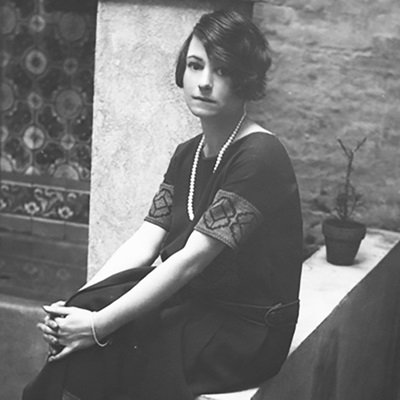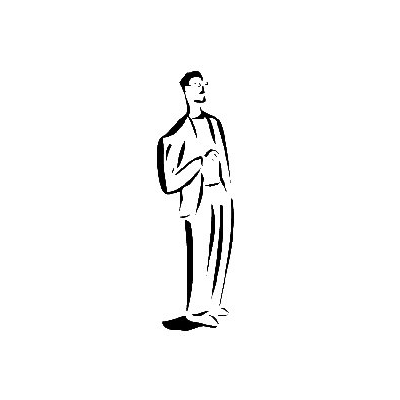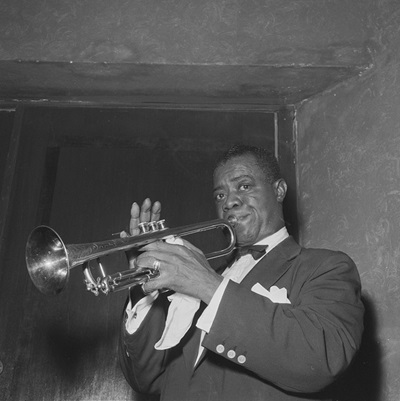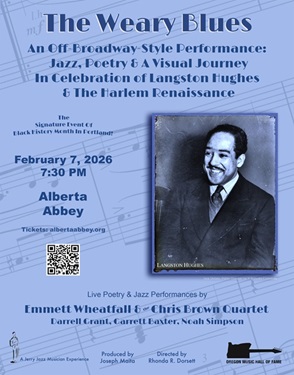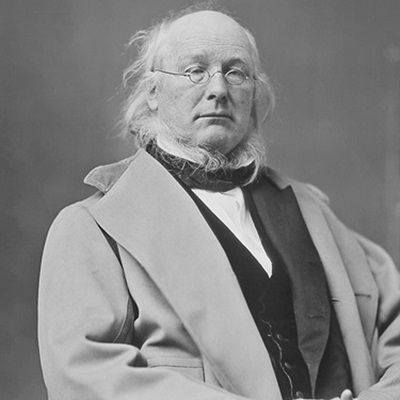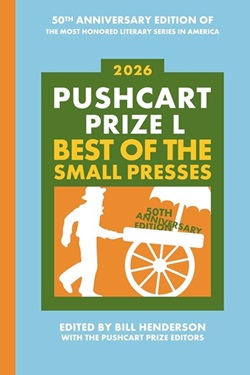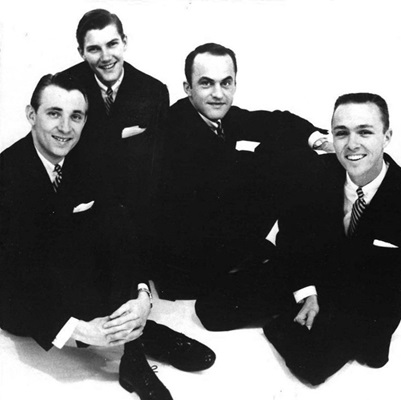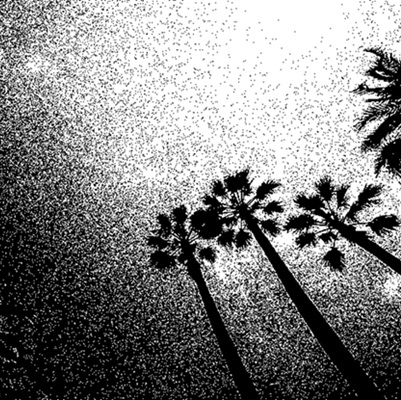.
.
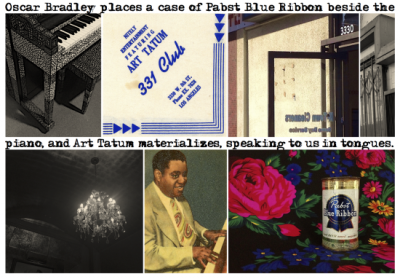
.
“Speaking in Tongues” is one of several photo-narratives in Charles Ingham’s new series devoted to his love of jazz music, “Charles Ingham’s Jazz Narratives”
These photo-narratives are provocative and meaningful– connecting time, place, and subject in a way that ultimately allows the viewer a unique way of experiencing jazz history.
To enhance the opportunity for appreciation of this artistic series, in the coming weeks “Charles Ingham’s Jazz Narratives” will be featured on Jerry Jazz Musician three-at-a-time, and will include the artist’s description of each piece.
.
.
This edition’s narratives, found below the artist’s introduction, are:
.
“Released from Camarillo State Hospital, Charlie Parker Plays Jack’s Basket Room”
“Diz Railing at the Cosmos”
“Speaking in Tongues”
.
.
_____
.
.
Charles Ingham introduces his “Jazz Narratives” series
.
…..Jazz has always been there for me. Music is an essential part of my life, and I have eclectic tastes, but there has always been jazz music. At seventeen, I’m at a Rahsaan Roland Kirk concert in my hometown of Manchester, England, stunned by the transgressive beauty of this man’s performance. At fifty-seven, my wife has died, and I can’t bear to hear lyrics, so it’s Kind of Blue and Trane ballads. And today I’m listening to ‘Round Midnight, Monk alone at the piano, stunningly honest and almost unbearably intimate.
…..So as an artist I need to give something back, but make it my own, and make it new.
…..As a conceptual artist, my photo-narratives are hybrid forms, transgressing distinctions between the verbal and the visual: the image as text. My art represents a combinatory aesthetic; each work constitutes a whole made up of parts, creating something of a symbiosis: the words, the images (abstract and referential), the space between images, the subjects, the reference to specific individuals, places, or times. As the artist Alexis Smith says of her collages and assemblages: “It’s fused into a whole where they seem like they’ve always been together, or were meant to be together. The people that look at them put them together in their heads.” Some visual references are obvious; some of the bones, sinews, and other connective tissue that hold a particular narrative together work within the piece’s own logic, a logic that viewers find for themselves. Here, the artist makes the work, and that work has an agenda, but a significant part of that agenda is for the viewer to find something of (or for) themselves within these images and words.
…..Each work in this series of “Jazz Narratives” is anchored by a person (a musician) and a related place. I am especially interested in the “aura” of these places. Sometimes, the place remains relatively unchanged seventy years after the musical fact; sometimes, only a physical street number remains, if that. What matters is that, for the artist and the viewer, this aura remains. This, say, is 151 Avenue B, on the Lower East Side; the brownstone is easy to miss if you are walking along the east side of Tomkins Square Park, but if you know that Charlie Parker lived there, it has become something more than the stone and glass of the place. 4201 S. Central Avenue, Los Angeles, is an anonymous mixed-use building, but there’s the number above the glass doors; 4201 S. Central is the Downbeat Club. Here, in 1945, Clora Bryant first heard bebop: here, on this corner, and that corner is still here, as is that night and all those other nights.
…..Some years ago in Brooklyn, I went looking for 99 Ryerson Street, where the poet Walt Whitman had lived when Leaves of Grass was first published. The fact that Whitman had lived here had only recently been discovered, and the 1850s wood-frame house was unmarked and unchanged except for aluminum siding and the addition of an extra floor. It is the only surviving Whitman residence in Brooklyn and Manhattan. Standing on the original bluestone sidewalk slabs, I was looking at Whitman, whose vision of America was a primary reason for my decision to emigrate to the United States. In my excitement, I crossed the street and spoke to an elderly man sitting on the stoop opposite. “Do you know that Walt Whitman lived in that house?” I asked, clearly appearing to be a madman. The neighbor looked up at the crazy person: “Is that the guy who is renting a room?” For him, the aura was not visible.
…..These pieces are works of homage; I am making some kind of unsentimental pilgrimage to each of these apparently anonymous street addresses. And I am conjuring ghosts; they are still alive in these places as they are in their recordings. The music may have been recorded in 1947, but they are playing it now. You can hear that. And, if I am successful, you can see the musicians in my art.
.
_____
.
.
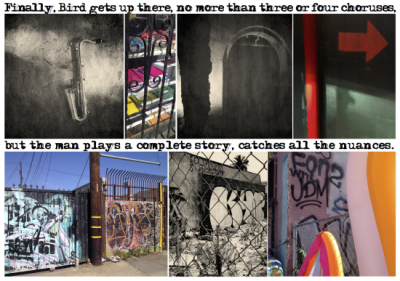
.
Released from Camarillo State Hospital, Charlie Parker Plays Jack’s Basket Room
(3219 S. Central Ave., Los Angeles)
2019
.
…..
…..Jack’s Basket Room (also known as Jack’s Basket and Bird in the Basket) was a popular after-hours club in the middle of all that was Central Avenue. (Wynton Marsalis referred to Central Avenue as the “Harlem of the West”; Angelinos who knew the street in its heyday see Central Avenue as being itself, not simply a later or secondary iteration of Harlem.) It was here that a monumental, all-star jam session was organized to celebrate Charlie Parker’s release from Camarillo State Hospital in early 1947. “Everybody was there, man, everybody,” Teddy Edwards says. “It was a night to remember.” Bird held off until the very end of the night, stepping up on stage to play what needed to be played, saying what should be said.
…..Until recently, the lettering “Bird in a Basket” and the maxim “Chicken ain’t nuten but a bird” could still be made out on the front of the building. Today, however, 3219 South Central Avenue is an empty lot abutted by Mexican stores and backed by an alley that has been reinvented by street artists.
…..As I was shooting on the sidewalk running in front of the site, an indigenous Latinx woman walked past me. In a gesture indicating that, should anyone be in any doubt, racism is still very much alive in twenty-first century Los Angeles, the woman shielded her face with a hand, not wanting to be captured in a photograph that might be used against her.
.
.
___
.
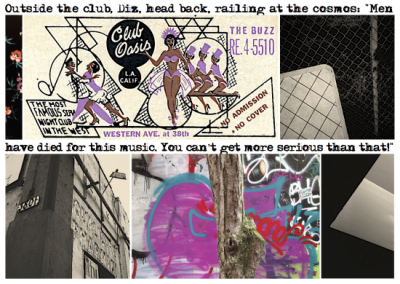
.
Diz Railing at the Cosmos
(3801 S. Western Ave., Los Angeles)
2019
.
…..Did Dizzy Gillespie play Club Oasis? Yes.
…..Did he say these words? Yes.
…..Did Dizzy Gillespie stand on the corner of Western and 38th and shout this into the LA night? You bet.
.
(Original matchbook cover courtesy of eBay.)
.
___
.

.
.
Speaking in Tongues
(3330 W. 8th Street, Los Angeles)
2020
.
…..
…..This piece on Art Tatum and the 331 Club was inspired by an amazingly well-preserved napkin that I found on eBay (I’d love to hear the now-lost history behind that fragile object!). The wonderful portrait of Tatum (I want that tie!) I also found on eBay and is, for heaven’s sake, from a Swedish chewing gum pack! The site of the 331 Club is now a Korea-Town laundry, and the narrow sidewalk on 8th Street is lined with Mexican food stalls, their patrons sitting on stools with their backs leaning against the walls of the stores. A wonderful place (genuinely – I am not being patronizing here). The PBR can is old, but actually not old enough: The drummer Oscar Bradley would have been placing a case of bottles of PBR on the stage. But I like that image. (The can is from eBay, the fabric background – made in China – purchased at a trading post on the Navajo reservation.) And if Tatum is not speaking in inspired tongues when he attacks that keyboard, I must be hearing things incorrectly!
.
.
All pieces are archival inkjet prints, 4½ x 6½ inches, framed to 14 x 14 inches. For more information, visit charlesingham.com
.
.
To see Volume 1 of this series, click here
To see Volume 2 of this series, click here
To see Volume 3 of this series, click here
To see Volume 4 of this series, click here
To see Volume 5 of this series, click here
To see Volume 6 of this series, click here
To see Volume 7 of this series, click here
To see Volume 8 of this series, click here
To see Volume 9 of this series, click here
.
___
.
.
photo by Jacqueline Ramirez
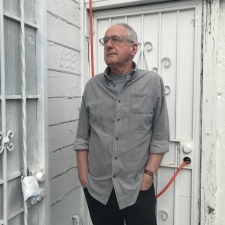
.
Born and educated in England, Charles Ingham moved to California in 1982. He has always been interested in hybrid forms and the intersection of literature and the visual arts, his photography often seeking to transgress the traditional boundaries separating the verbal and the visual.
Ingham lives in San Diego and shows his work at Distinction Gallery in Escondido. He recently had three pieces accepted for the 28th Annual Juried Exhibition at the Athenaeum Music and Arts Library, La Jolla. He also had two pieces shown in the “Six-Word Story” exhibitions at Front Porch Gallery, Carlsbad, and the Oceanside Museum of Art.
His work can be found.at his website: charlesingham.com
.
.
.
.
.
.</span






